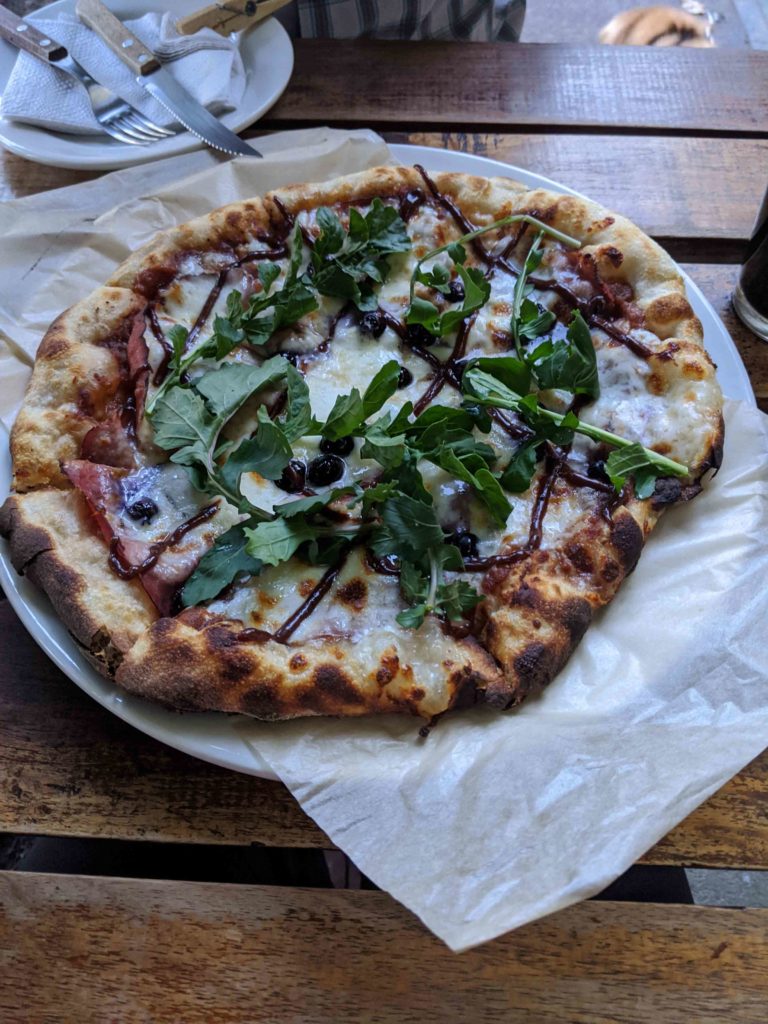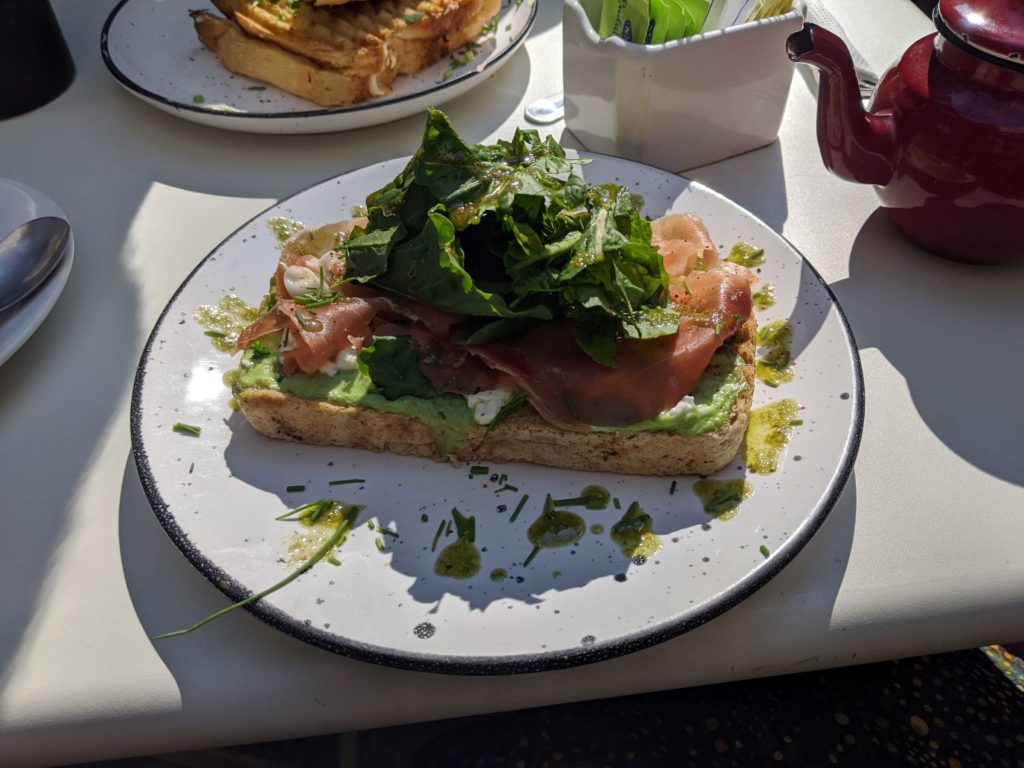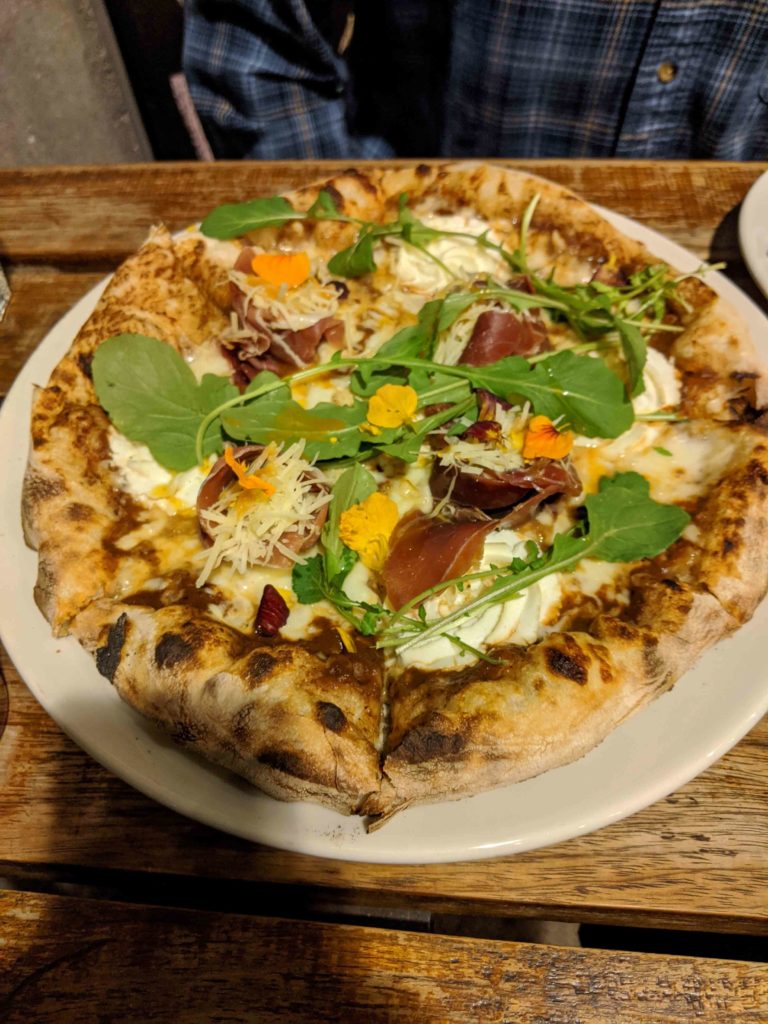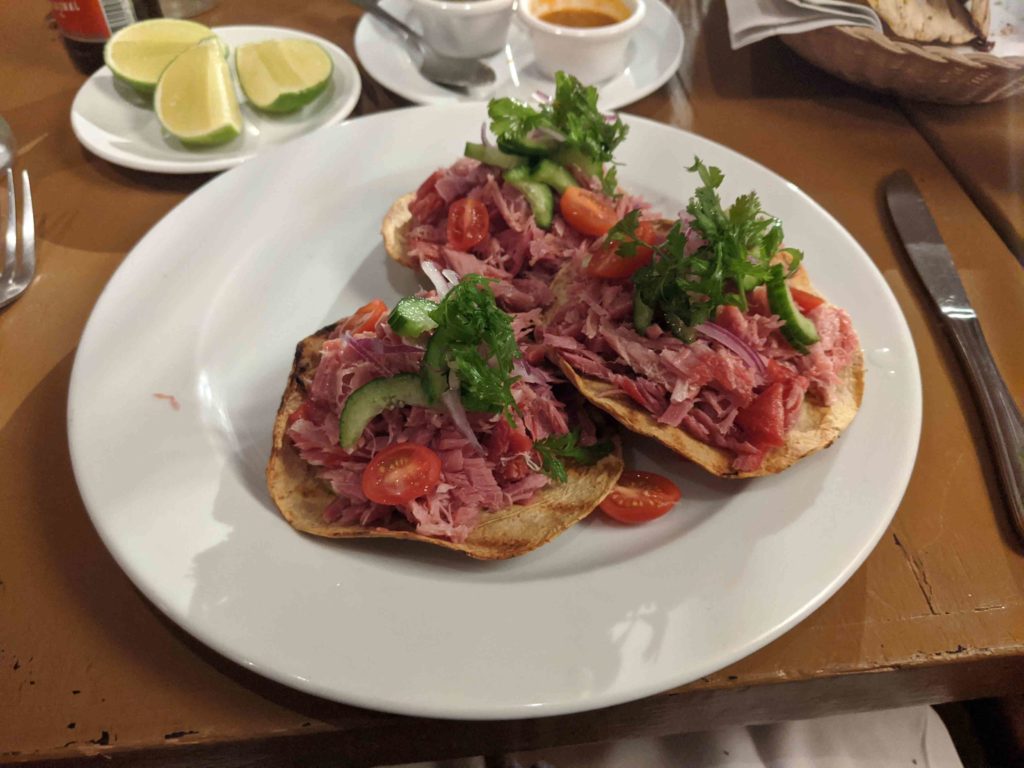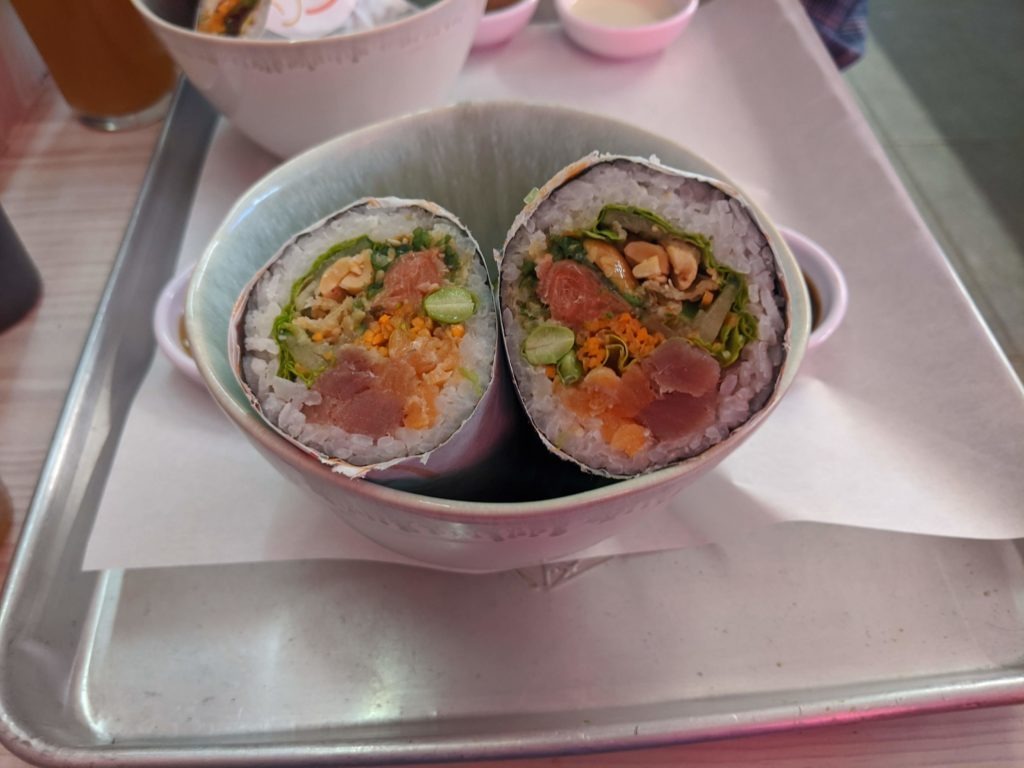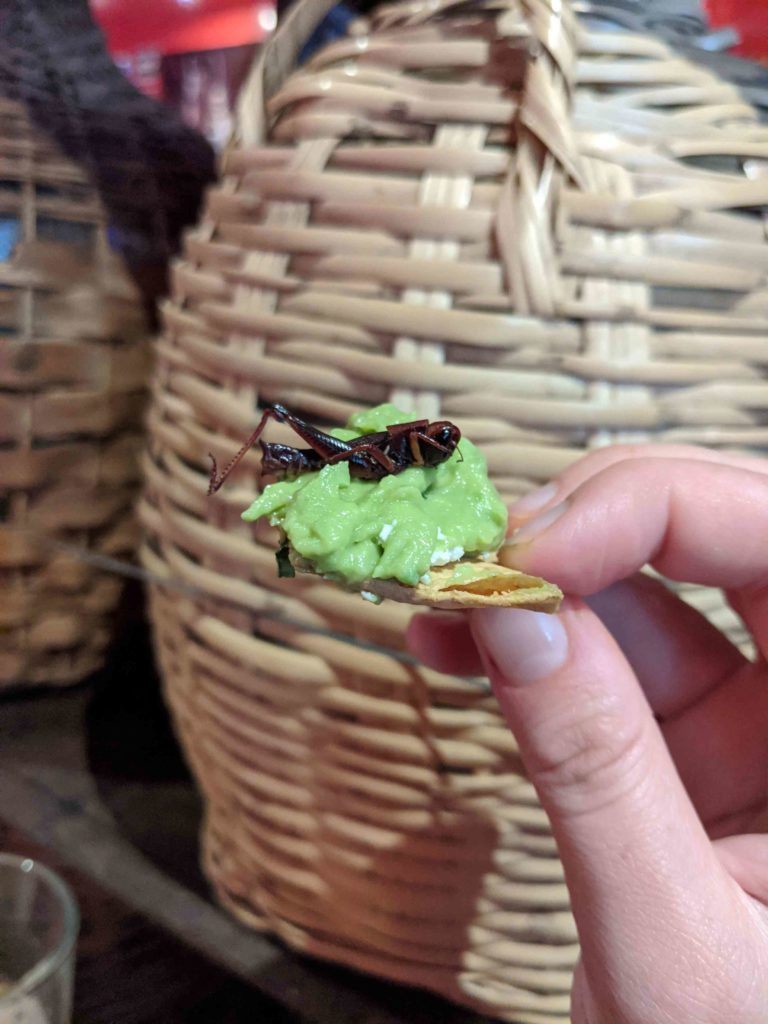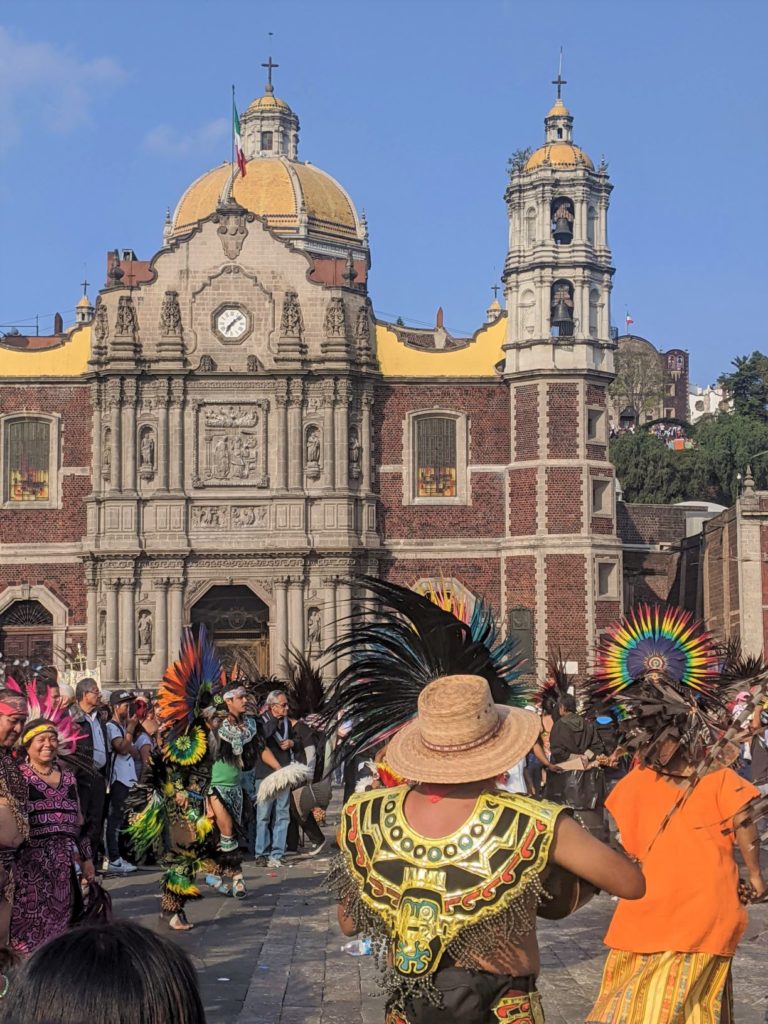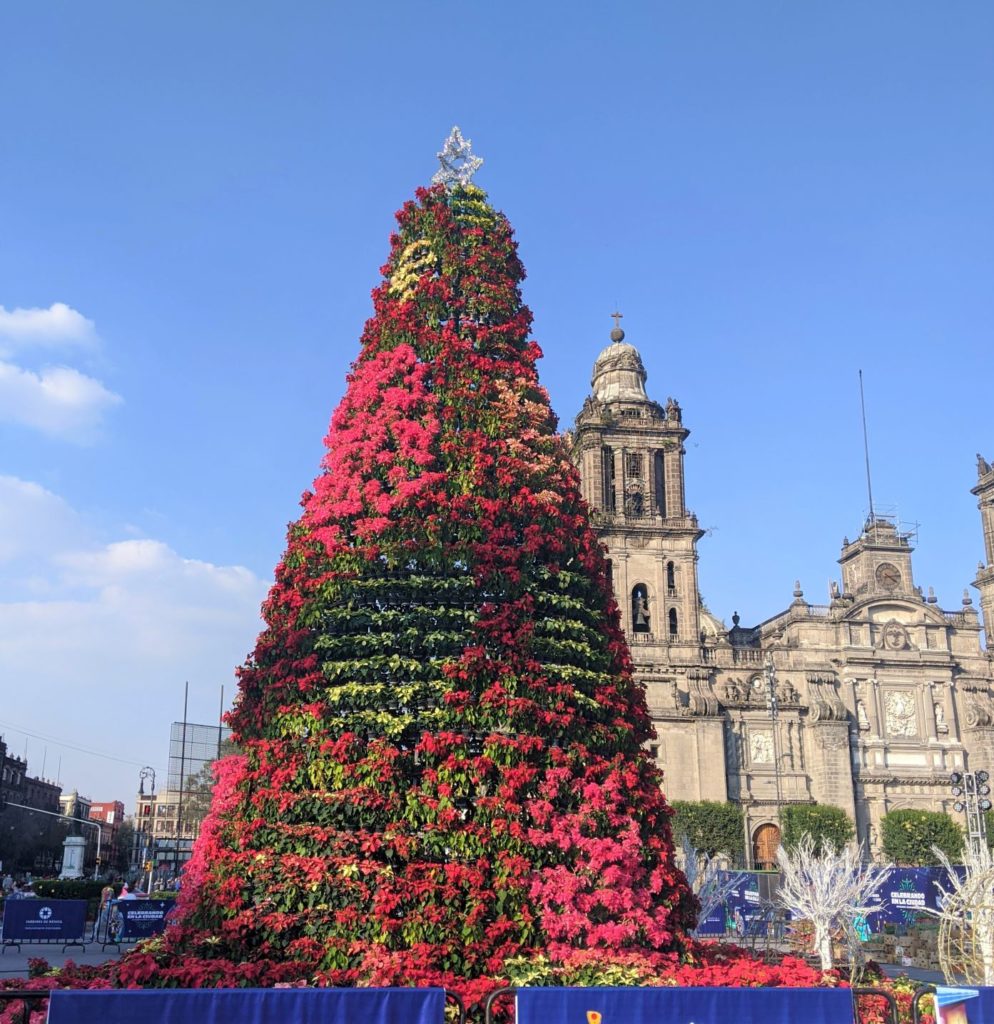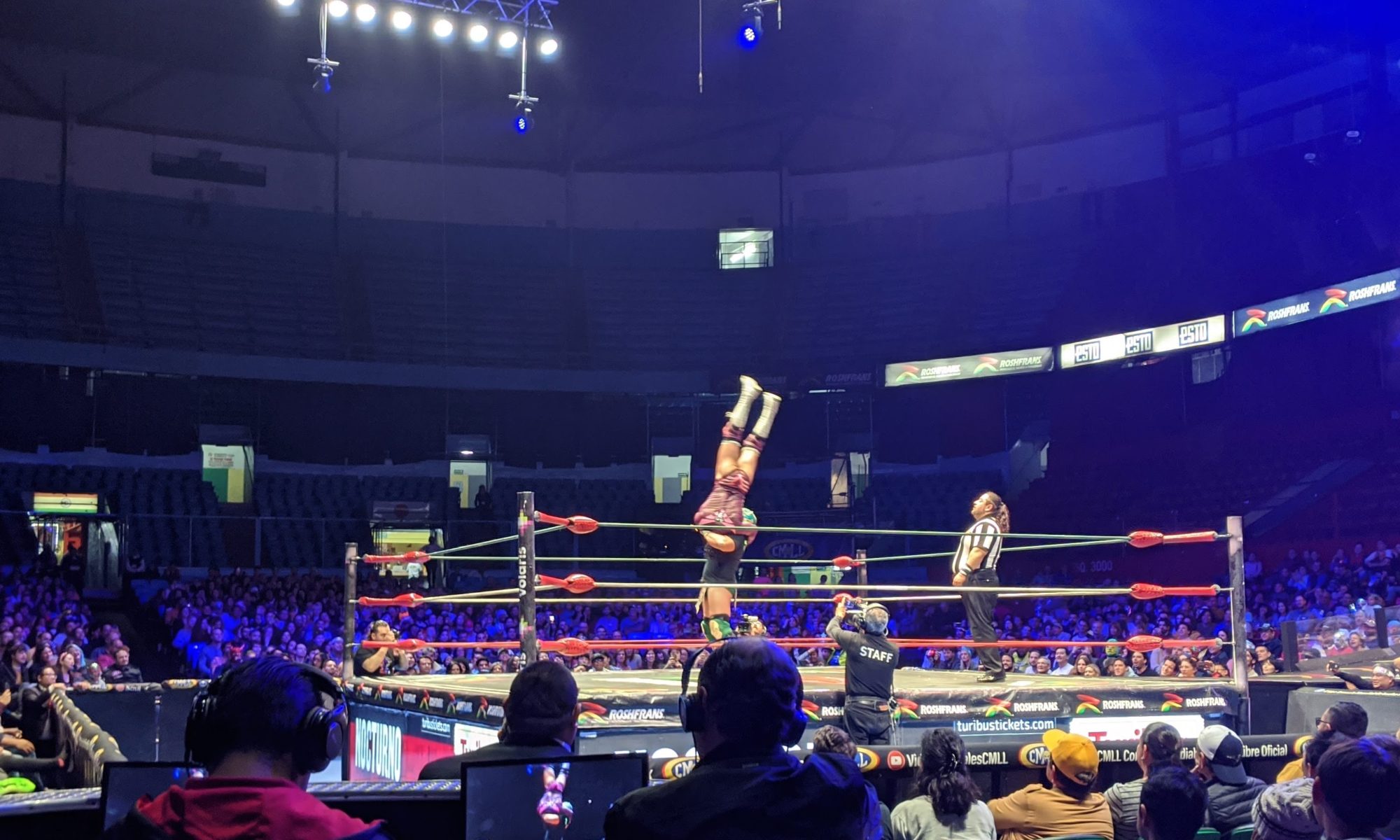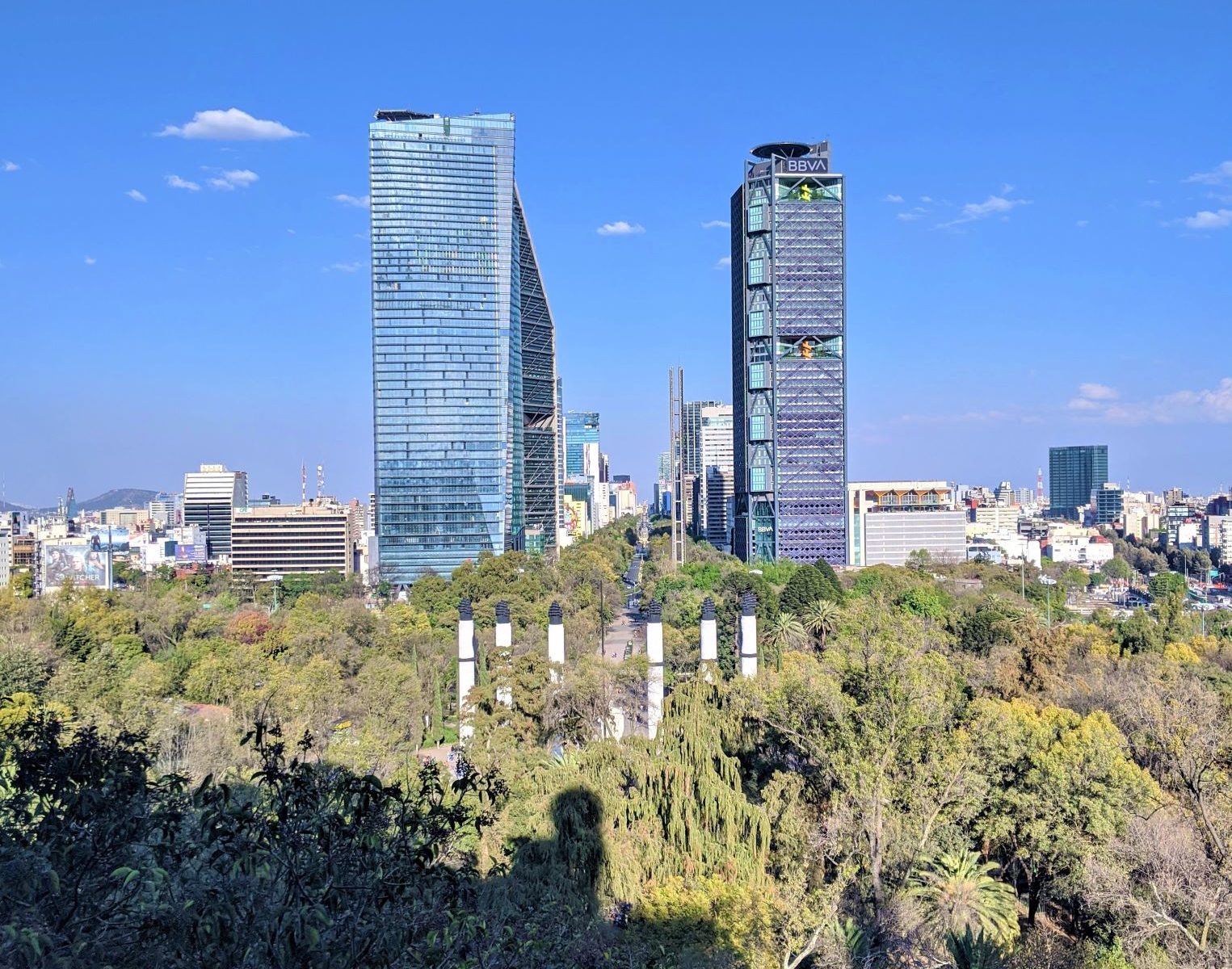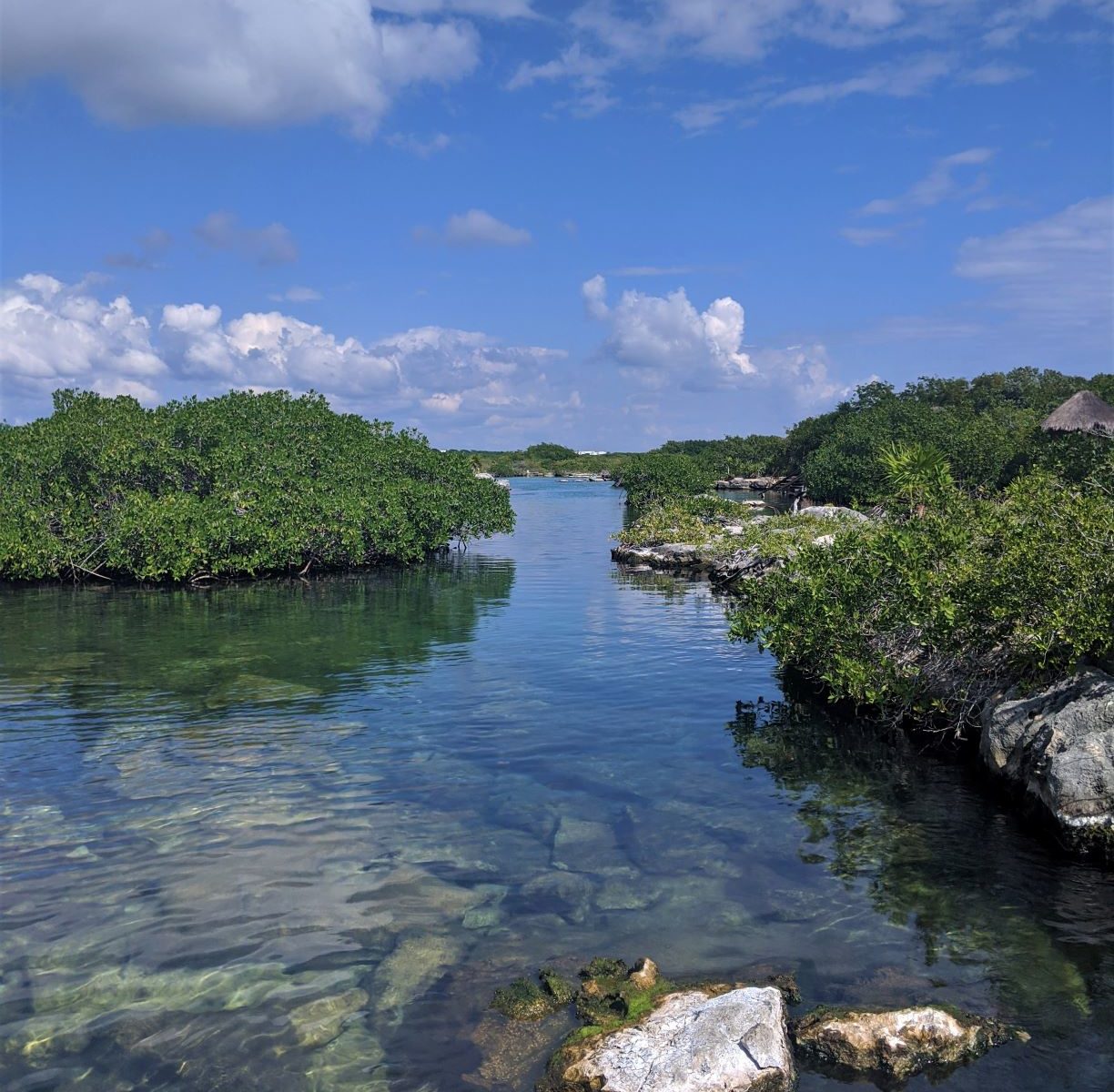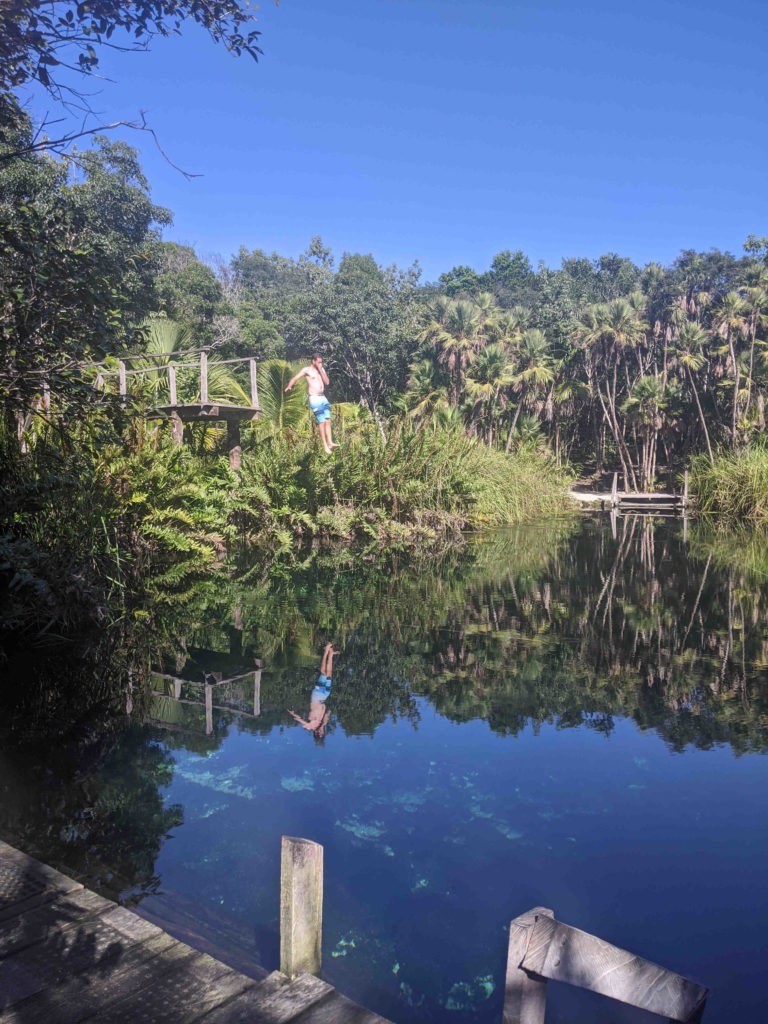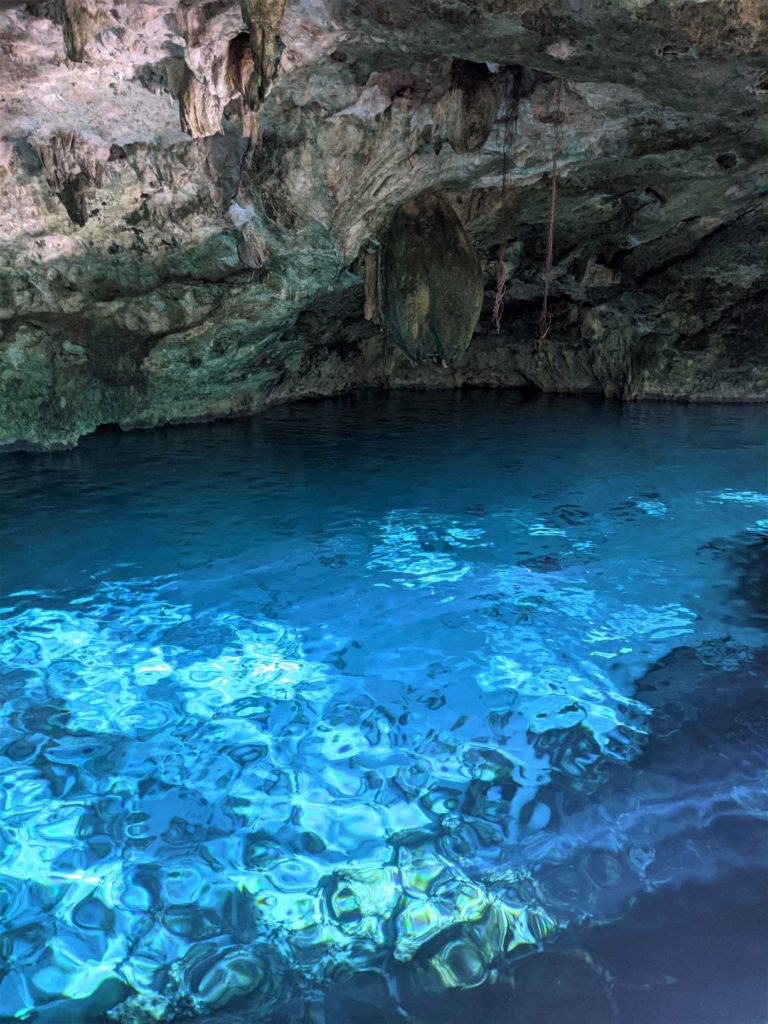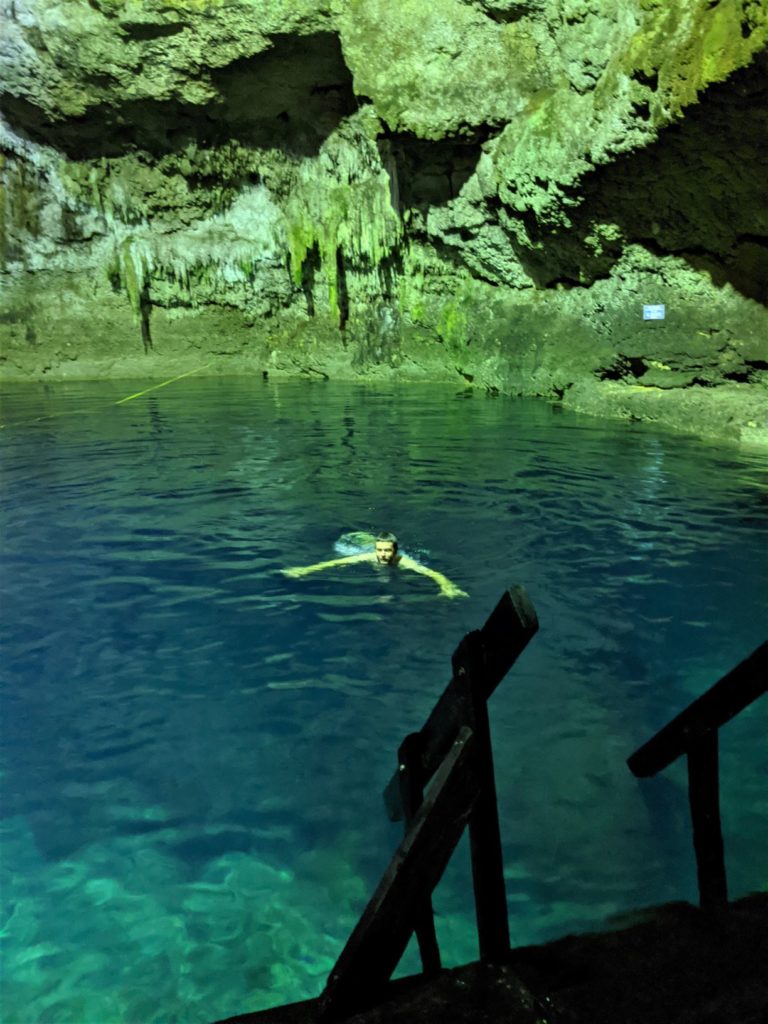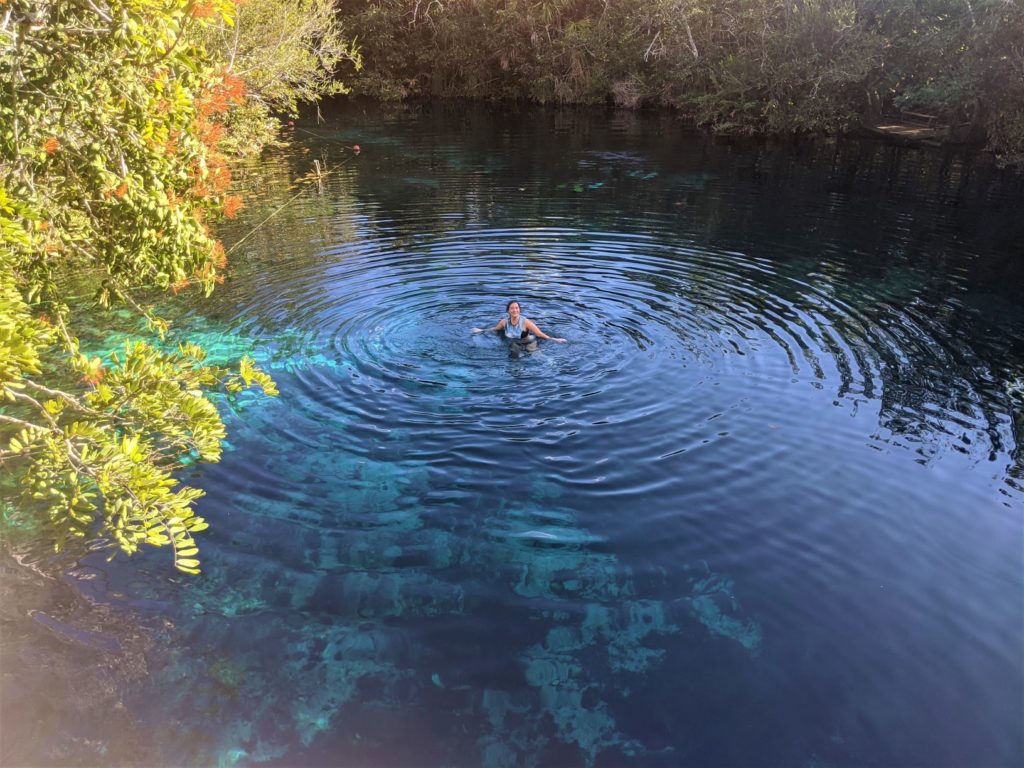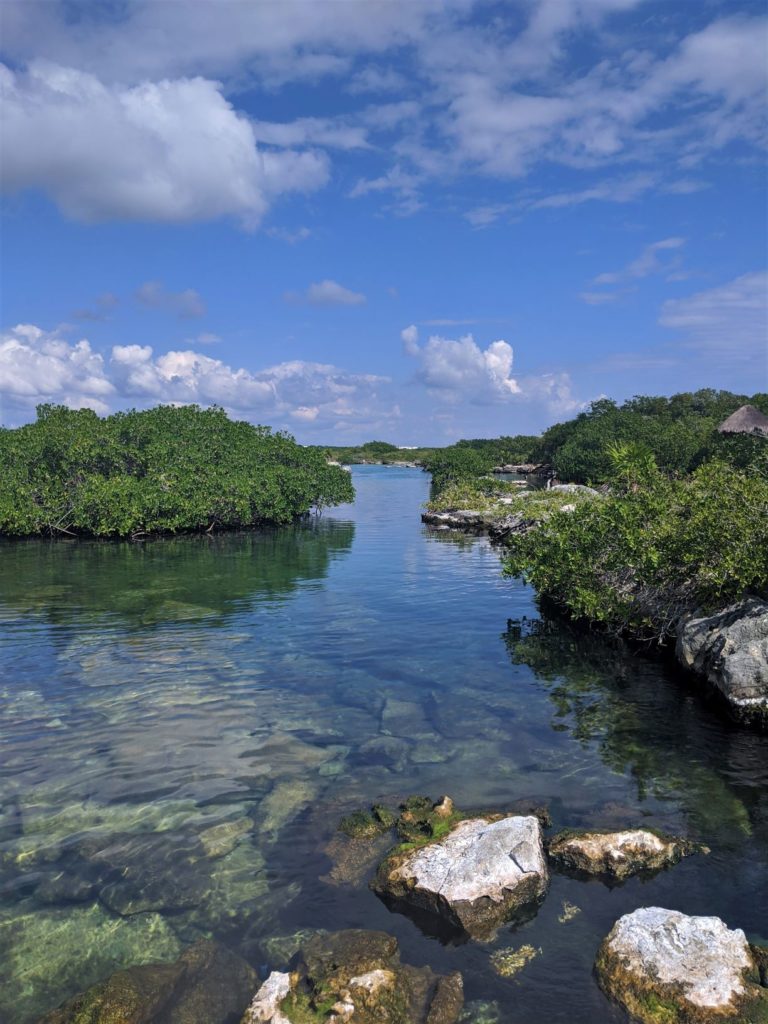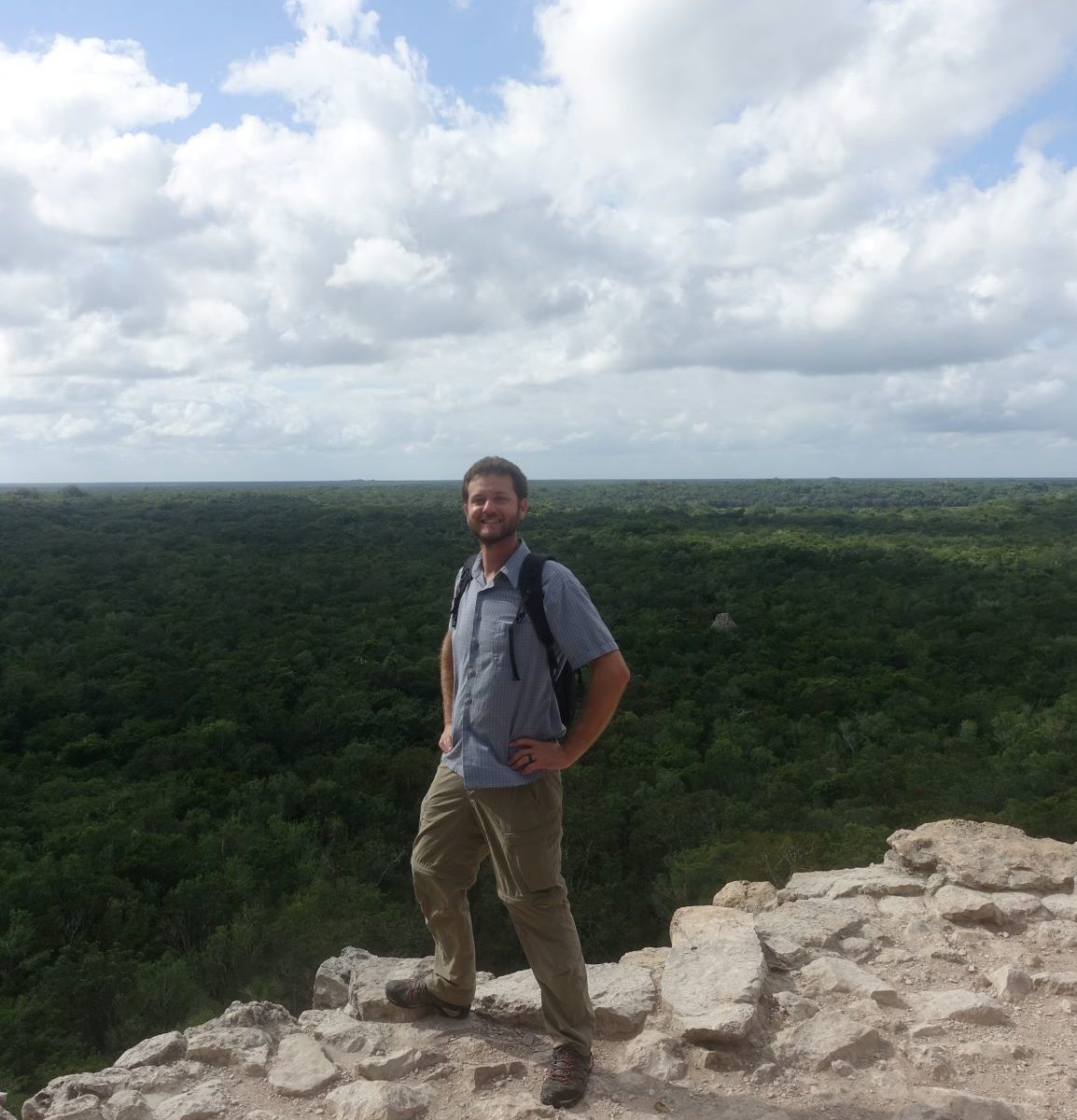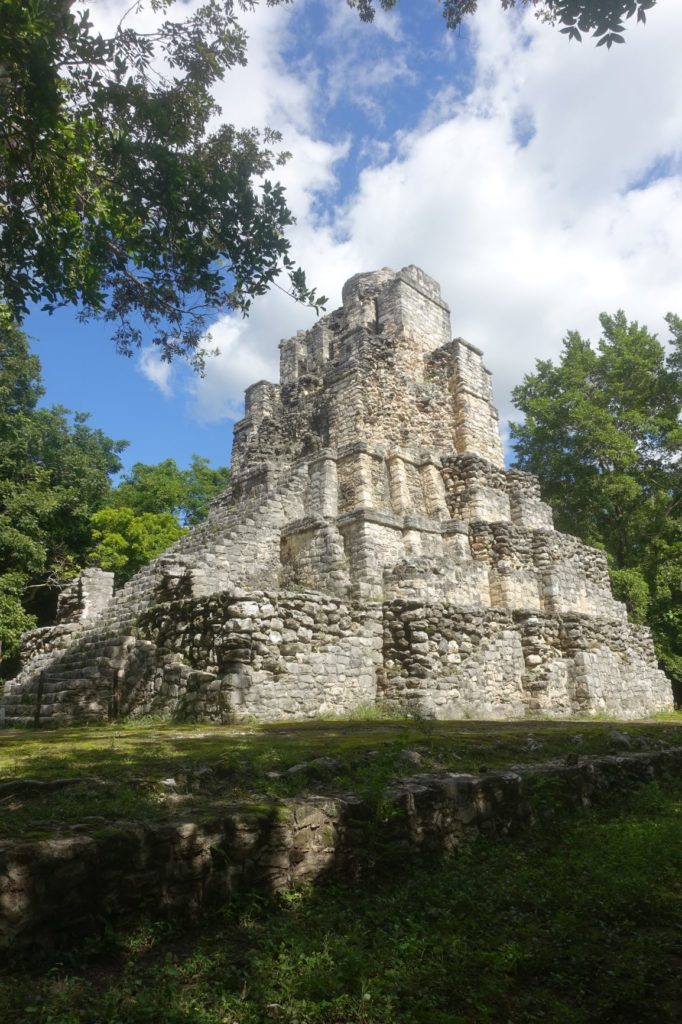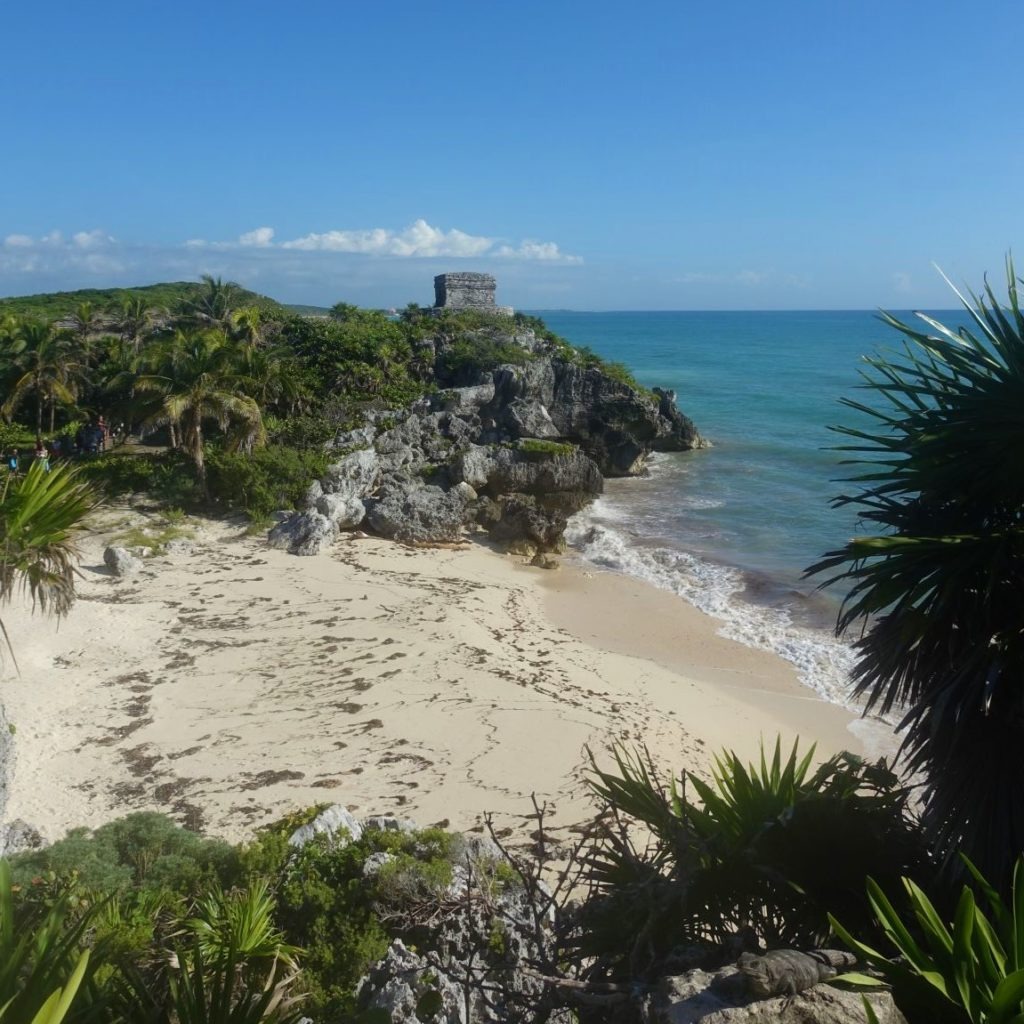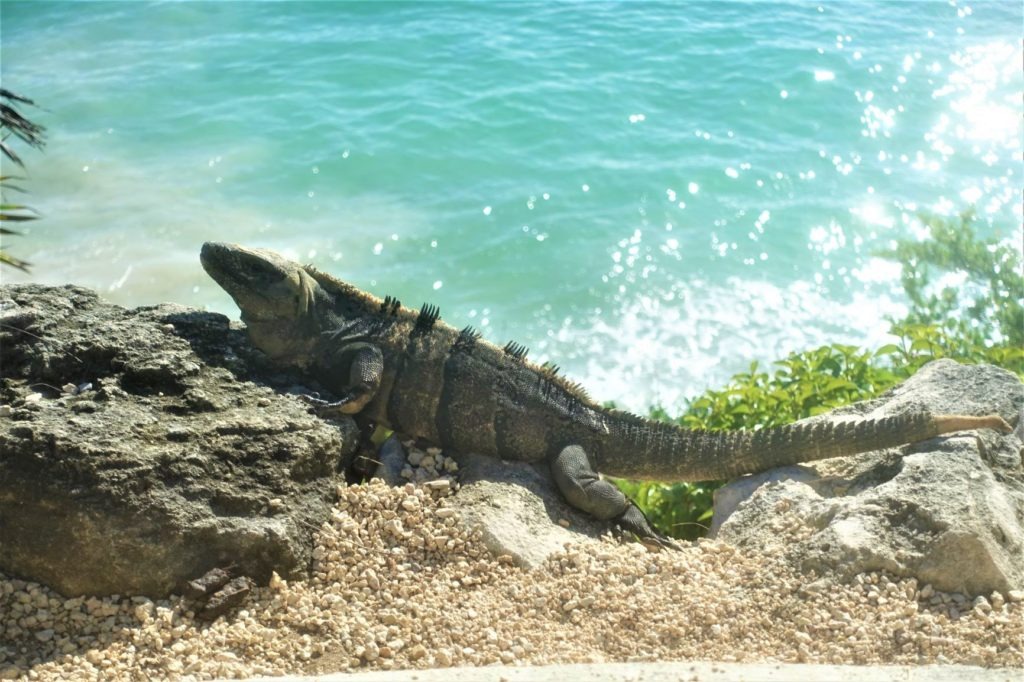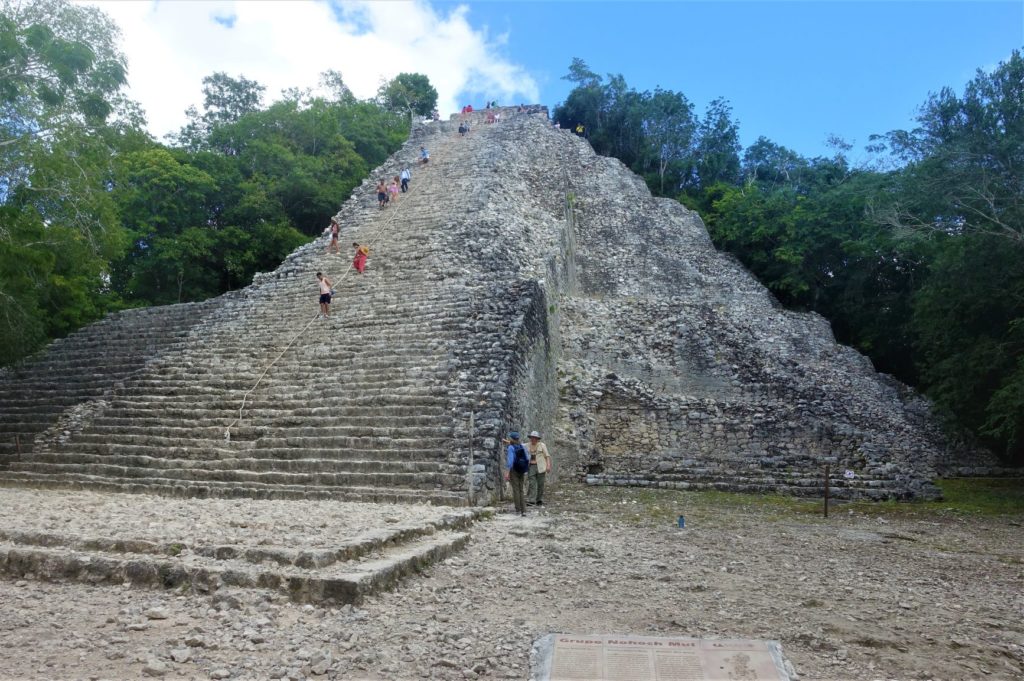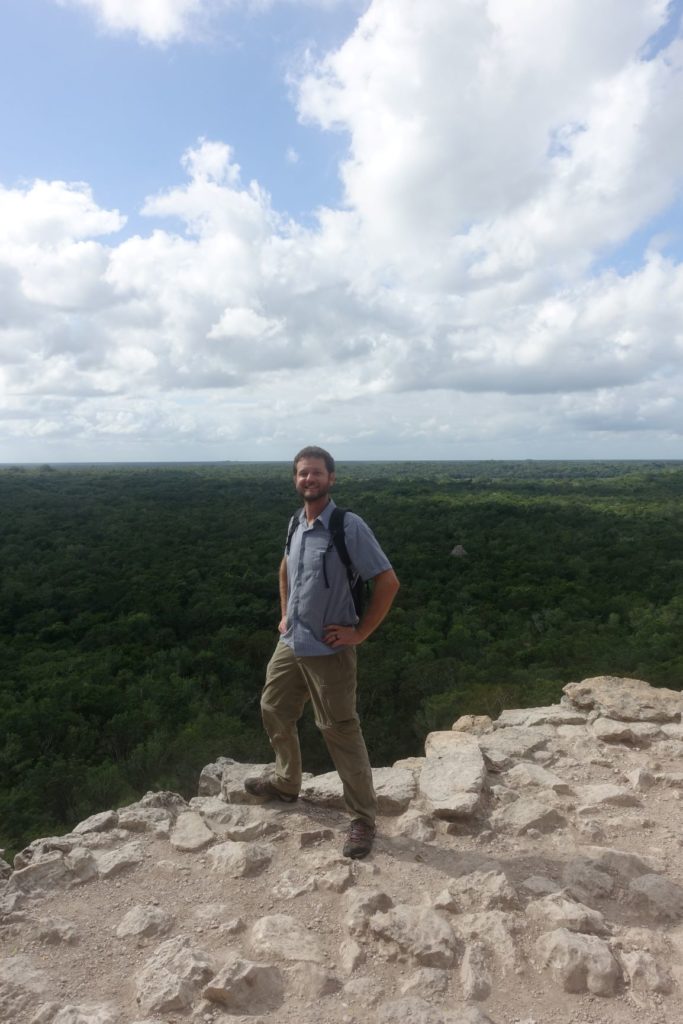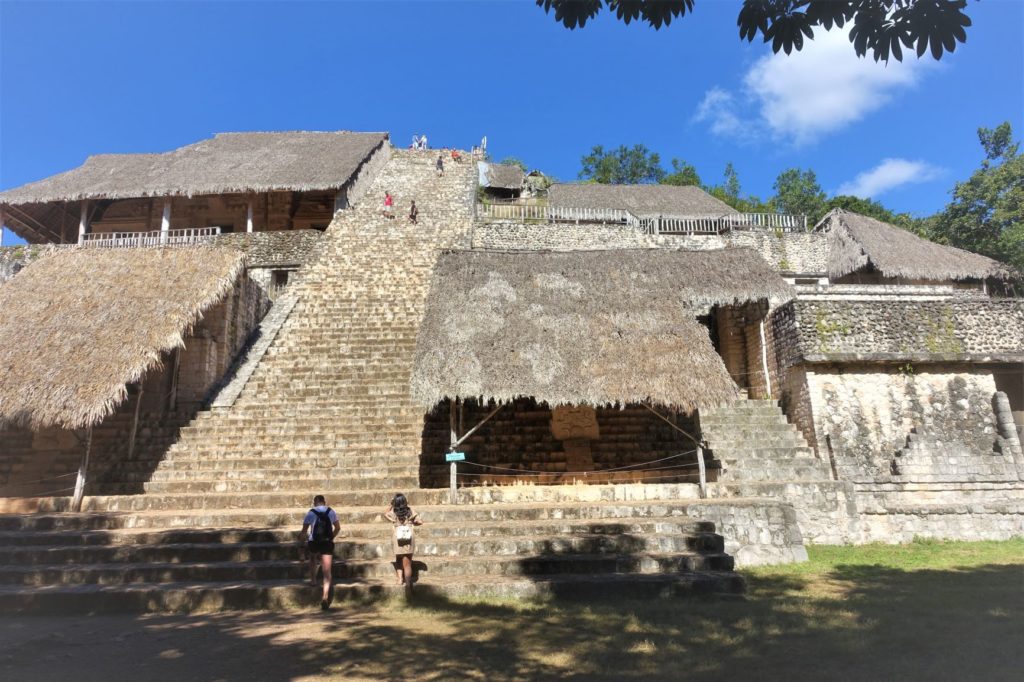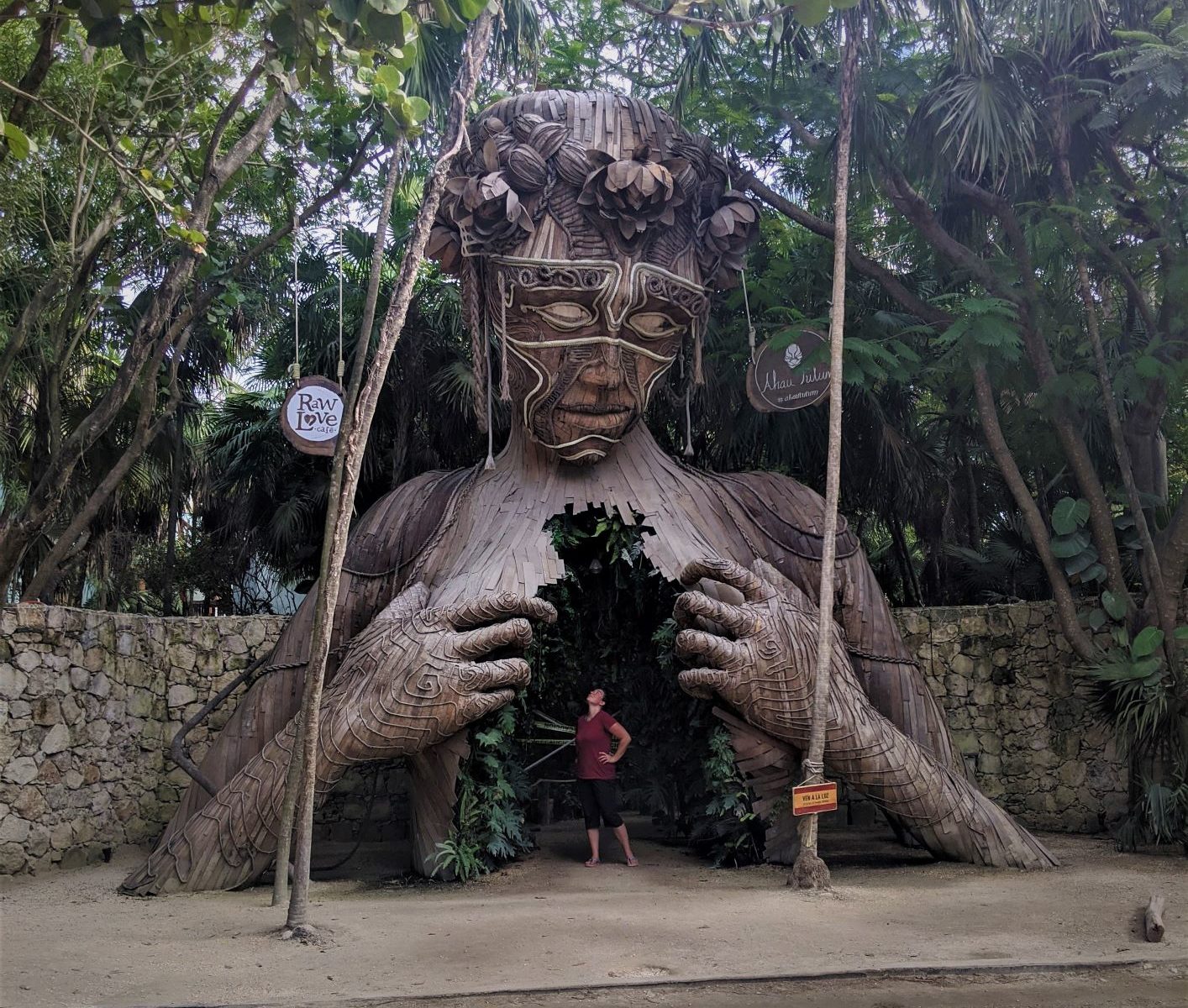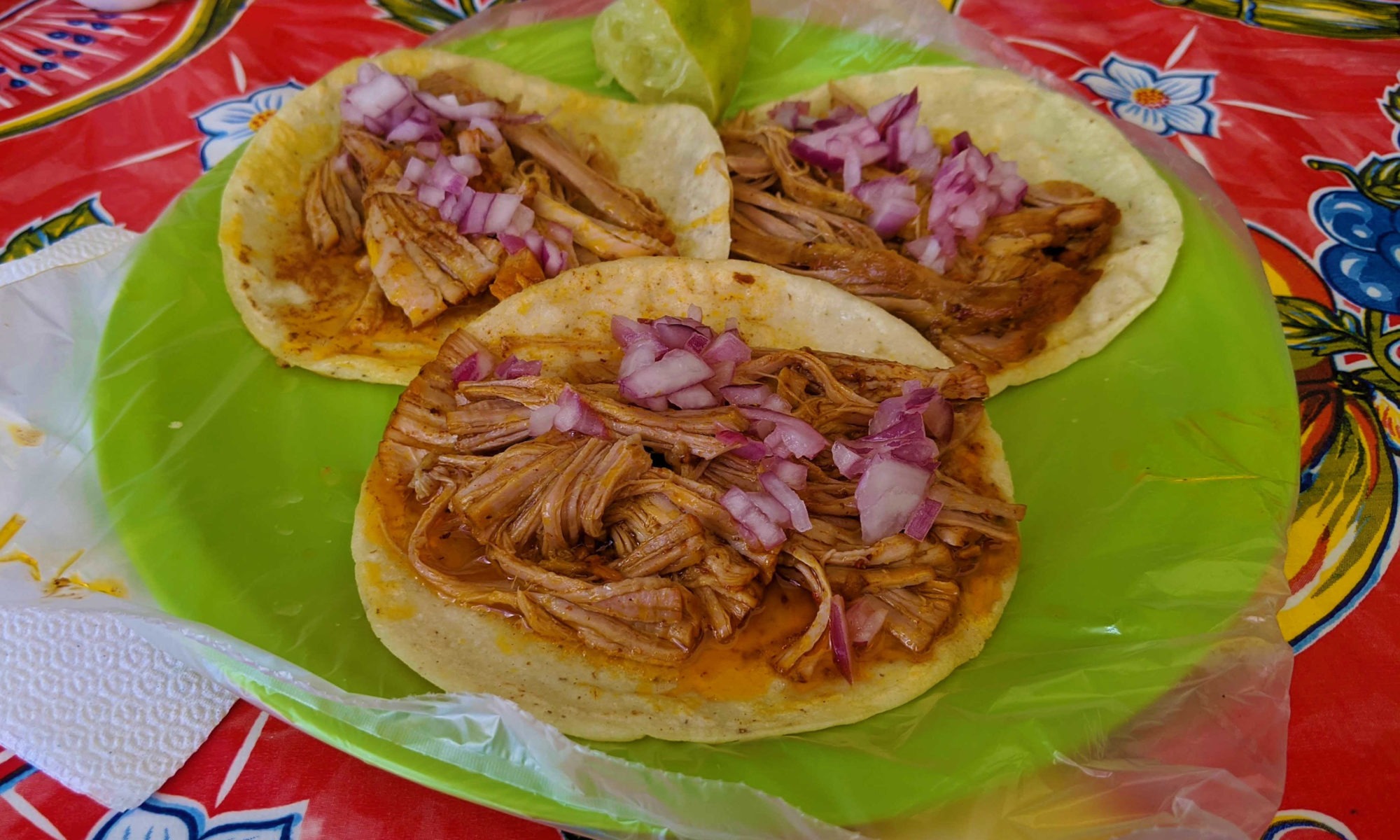So at the time of writing this (March 24th, 2020), Elani and I are back home in the Pacific Northwest. I’ve been trying to write in chronological order for this leg of the trip. But I’m always behind and this is pretty time-sensitive, so I’ll skip ahead and jump back and finish up later. The last stop before heading home was heading back to Tulum.
Our decision to come back was more about our concerns about lack of mobility and failing infrastructure than about health. All things being equal, staying in place in Tulum would have probably been a good idea. Staying put would have exposed us less to infection, and if we are infected already (which I have no reason to believe, but is the best assumption when trying to stop the spread of a disease) we would expose fewer other people to it. Honestly, if I am going to be ill, I’d much rather be somewhere with warm temperatures and plenty of sun and sea breezes. But of course, there were other practicalities to consider.
The first was maintaining our ability to head home if necessary. In some ways, heading home wasn’t very attractive, health-wise. There are far fewer cases in Mexico in general and the Yucatan in particular than back home, but that may be only a matter of time, or the numbers may be artificially low due to lack of testing. We had been making sure to keep an eye on the news both back home and in Mexico, and with the US State Department recommending that US nationals should either return immediately or plan on being abroad indefinitely and reports of Europeans and South Americans already being stuck in Mexico, it seemed like the door might be closing. I started checking flight options and flights were cheap and readily available, so it was a good time to go. In the four days since we’ve been back, flight options have already gotten a lot more sparse.
Being in Tulum as things intensified was sort of a weird experience. Shutdowns were just starting to happen. Mainly just in Cancun and major tourist attractions. But tourists were already thinning out. A couple of days before heading out, we hit the grocery store to make sure we didn’t have to go out if restaurants started closing. It was by far the busiest I’d seen it. People were stocking up on the things you’d expect, canned goods, rice, and beer. Plenty of toilet paper, in case you were wondering. In general, going out in town had an uncomfortable feel, like everyone was trying to enjoy themselves to cover up their nervousness about the future. Going through the Cancun and SeaTac airports was a bit of a grim experience, people were all nervous, scared and annoyed at having their vacations canceled. Some were wearing gloves or masks, many improvised and/or poorly worn (it’s a shame to use up a mask and not bother covering your nose with it – some people). I kept waiting for someone to cough and everyone to scatter like a gun went off – it didn’t happen, which is probably for the best, even if it would have cut the tension.
So, what’s next for me and Elani? Well, like everyone else, we just have to wait and see. We are planning to set out again once the all clear is given. Who knows when that will be? For now, spring is well on the way. Spring and summer in the Pacific Northwest is beautiful, and we’ll be home to enjoy that. And hey, I guess I’ll have plenty of time to catch up on the blog.

